Homemade Seed Starting Pots and Trays
This article explores various methods for creating effective and eco-friendly seed starting pots and trays at home, helping gardeners save money and reduce waste while nurturing their plants. Have you ever found yourself staring at a pile of empty containers and wondered how they could be transformed into something useful? Well, you're in luck! Making your own seed starting pots and trays not only gives your garden a personal touch but also contributes to a more sustainable lifestyle. With a little creativity and resourcefulness, you can turn everyday items into fantastic plant homes that foster growth right from the start.
Creating your own seed starting containers provides numerous advantages. From cost-effectiveness to eco-friendliness, homemade pots can enhance your gardening experience while promoting sustainable practices. Imagine saving money while also doing your part for the planet! By using materials you already have at home, you can reduce waste significantly. This not only helps the environment but also adds a unique charm to your gardening endeavors. Plus, when you craft your own pots, you can customize their size and shape to perfectly fit your gardening needs. Who knew that saving the earth could be so rewarding and fun?
A variety of materials can be repurposed to make seed starting pots. This section discusses common household items that can serve as excellent containers for your seeds, reducing waste. From recycled paper to plastic containers, the options are endless. You might be surprised to learn that some of the best seed starting pots can be found in your recycling bin or kitchen cabinets. Using these materials not only gives your plants a cozy home but also encourages you to think creatively about waste and sustainability. So, let’s dive into some specific materials you can use!
Recycled paper and cardboard are versatile materials for seed pots. Learn how to transform these items into biodegradable containers that decompose naturally in your garden. These materials are not just environmentally friendly; they also provide excellent aeration for the roots of your seedlings. When they break down, they enrich the soil, allowing your plants to thrive. It’s like giving your seedlings a little boost of nutrients right from the start!
Discover the simple steps to create paper pots that are perfect for starting seeds. This method is easy, affordable, and environmentally friendly. All you need is some old newspapers or scrap paper, scissors, and a little tape or glue. Start by cutting the paper into strips, then wrap them around a small cylindrical object to form a pot shape. Secure the end with tape or glue, and voila! You have a biodegradable pot that can be planted directly into the soil. It’s a delightful way to recycle while nurturing your plants.
Cardboard tubes, like those from toilet paper or paper towels, can be cut and used as seed starting containers. Explore how to prepare and plant in these tubes effectively. Simply cut the tubes to your desired height, fill them with potting soil, and plant your seeds. The cardboard will eventually break down, allowing the roots to grow freely into the ground. It’s a simple yet effective way to recycle and support your gardening efforts!
Repurposing plastic containers is another popular option. This section covers how to use items like yogurt cups and takeout containers for seed starting while ensuring proper drainage. Before using these containers, make sure to poke some holes in the bottom for drainage. This will prevent water from pooling and potentially drowning your seeds. With a little creativity, you can turn what would be trash into treasure, giving your seeds a safe and nurturing environment to sprout.
Seed starting trays can be easily crafted using various materials. This section provides step-by-step instructions for making trays that will support multiple seedlings efficiently. Whether you want to grow a small herb garden or start a vegetable patch, creating trays from recycled materials can save you money and space. Plus, you can customize the size of your trays to fit your gardening area perfectly.
Egg cartons are an excellent choice for seed starting trays. Learn how to utilize them effectively while ensuring your seedlings receive adequate moisture and drainage. Simply fill each compartment with potting soil, plant your seeds, and water them gently. The cardboard will hold moisture while allowing for good airflow, creating a perfect environment for germination. Once the seedlings are ready, you can easily transplant them into your garden.
For a more durable option, wooden trays can be constructed. This section will guide you through building your own seed starting trays with simple tools and materials. Using untreated wood, you can create a sturdy tray that will last for many planting seasons. Just make sure to drill drainage holes in the bottom, and you’re all set! Building your own trays not only saves money but also gives you a sense of accomplishment as you watch your plants grow.
To ensure successful germination, following best practices is crucial. This section outlines essential tips for planting seeds in homemade containers, including soil selection and watering techniques. Always use high-quality potting soil that retains moisture while providing good drainage. Water your seeds gently to avoid disturbing them, and place your trays in a warm, sunny spot to encourage growth. Remember, patience is key; not all seeds sprout at the same time!
Once your seedlings are ready, knowing how to transplant them is vital. This section will provide guidance on the best practices for moving seedlings from their homemade pots to larger garden spaces. When transplanting, handle your seedlings gently to avoid damaging their delicate roots. It’s best to transplant on a cloudy day or in the evening to minimize shock. By following these steps, you’ll ensure a smooth transition for your plants, giving them the best chance to thrive in their new home.
Q: Can I use any type of plastic container for seed starting?
A: While most plastic containers can be used, make sure they are clean and have drainage holes to prevent waterlogging.
Q: How long can I keep seedlings in their homemade pots?
A: It’s best to transplant seedlings to larger pots or directly into the garden once they have a few sets of true leaves, usually within 2-4 weeks.
Q: What is the best soil for seed starting?
A: A high-quality seed starting mix that retains moisture but drains well is ideal for starting seeds. Avoid using garden soil, as it can be too dense.
Q: Can I plant multiple seeds in one homemade pot?
A: It’s generally best to plant one seed per pot to give each seedling enough space to grow. However, you can plant multiple seeds in larger containers.
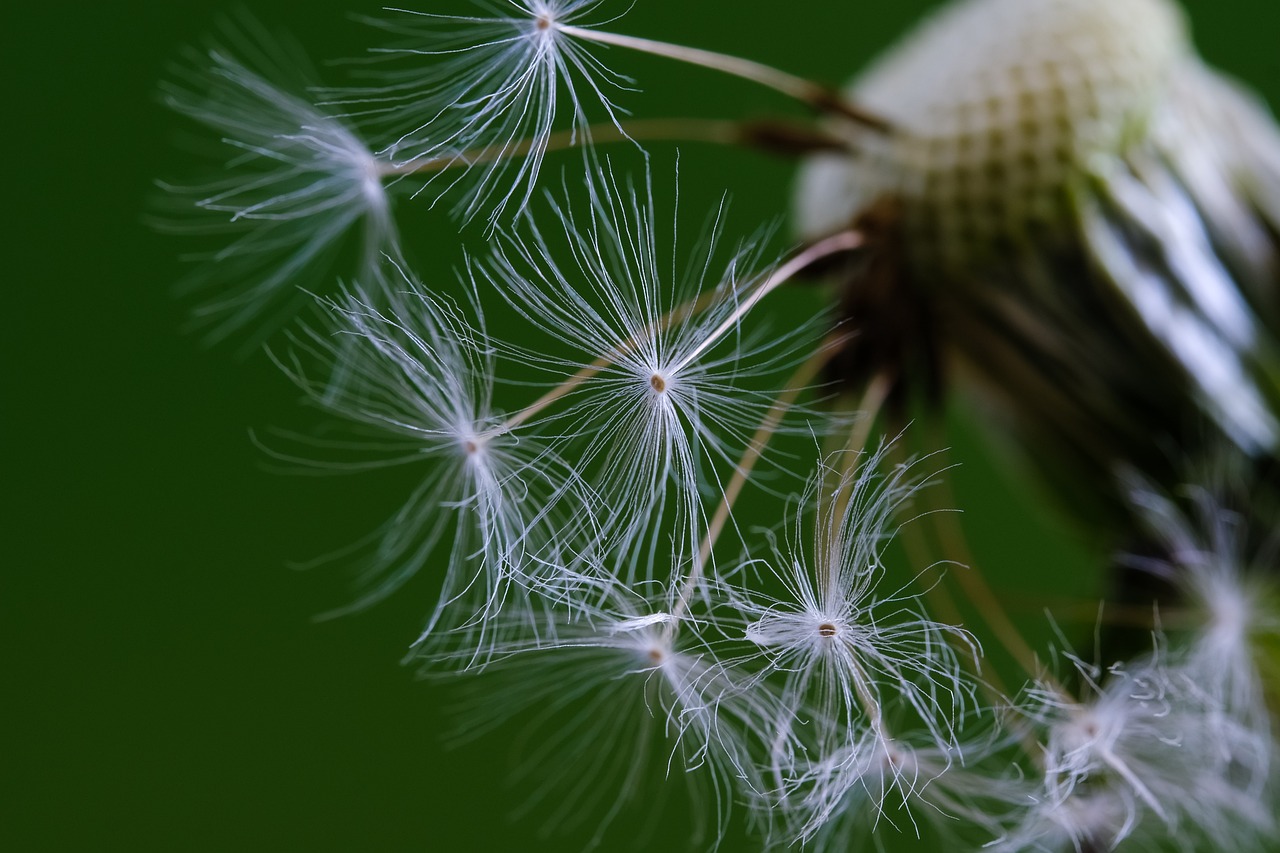
Benefits of Homemade Seed Starting Containers
Creating your own seed starting containers provides numerous advantages that can significantly enhance your gardening journey. Not only are homemade pots cost-effective, but they also promote eco-friendliness by reducing waste. Imagine transforming everyday household items into nurturing homes for your seeds—it's like giving trash a second life! This practice not only saves you money but also contributes to a more sustainable lifestyle.
One of the most compelling reasons to make your own seed starting containers is the personalization it offers. You can tailor the size and shape of your pots to suit the specific needs of the plants you wish to grow. Whether you're starting tiny herb seeds or larger vegetables, having the flexibility to create the perfect container is a game changer. Plus, the satisfaction of watching your plants thrive in containers you've crafted yourself is incredibly rewarding.
Another significant benefit is the biodegradability of many homemade materials. When you use items like recycled paper, cardboard, or even natural fibers, you’re ensuring that your containers will decompose over time. This not only enriches the soil but also minimizes the environmental impact associated with plastic waste. Think of it as giving back to Mother Nature while nurturing your green thumb!
Moreover, homemade seed starting containers can provide better drainage and aeration compared to some store-bought options. Many commercial pots are made from plastic, which can sometimes hinder airflow and moisture retention. By creating your own, you can design them to have optimal drainage holes and ensure that your seedlings get the air they need to develop strong roots. This is crucial for preventing issues like root rot and promoting healthy growth.
Lastly, making your own seed starting pots can be a fun and creative activity that brings families together. Whether you're crafting with your kids or enjoying a quiet afternoon alone, the process of creating these containers can be a delightful way to express your creativity and share your love for gardening. So why not gather some materials and start crafting? You might just find that the act of making the pots is as enjoyable as watching the seeds sprout!
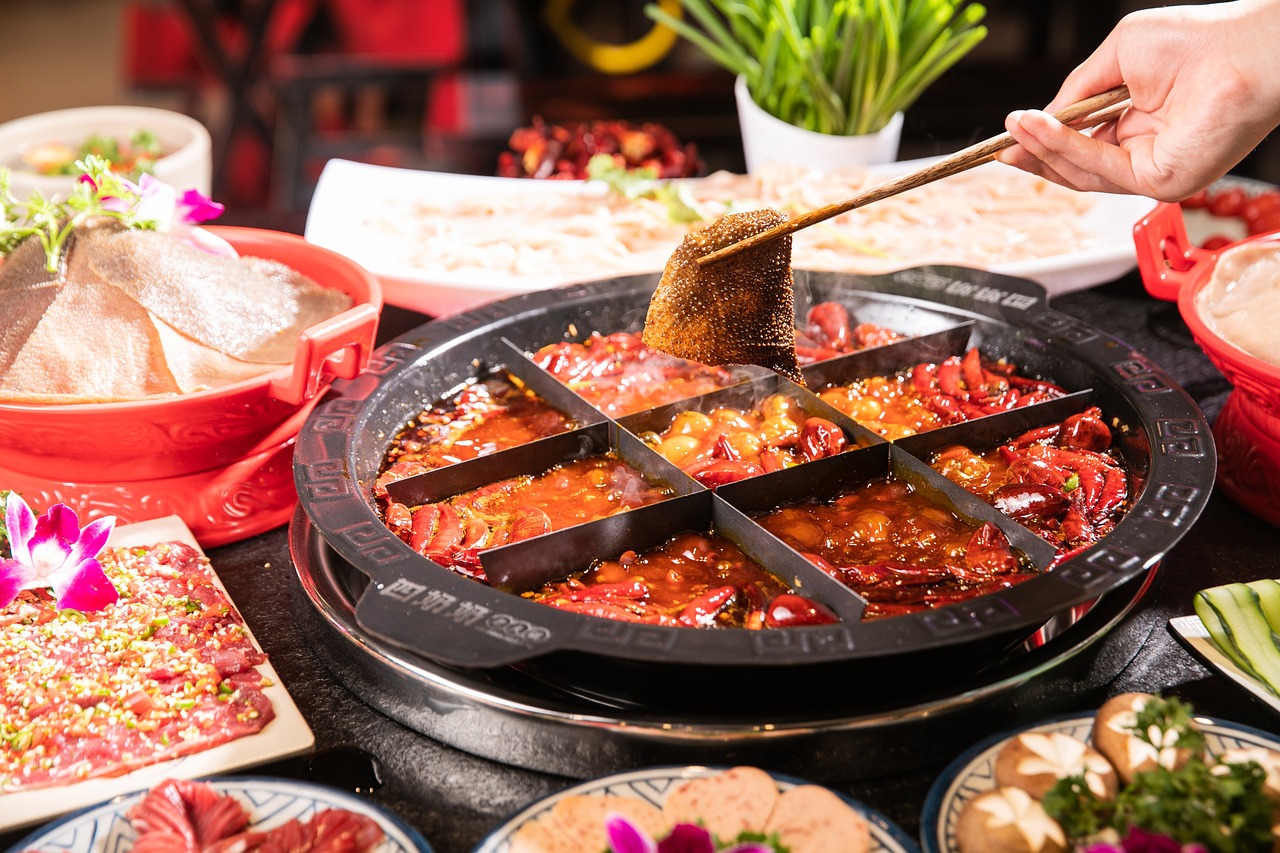
Materials You Can Use
When it comes to creating your own seed starting pots and trays, the possibilities are nearly endless! You might be surprised to discover that many common household items can be transformed into effective containers for nurturing your little green friends. Not only does this practice help you save money, but it also promotes a sustainable lifestyle by reducing waste. So, let’s dive into some of the best materials you can use to kickstart your gardening journey!
One of the most accessible materials is recycled paper and cardboard. These items are versatile and can be easily molded into biodegradable pots that decompose naturally in your garden. Imagine turning your old newspapers or cereal boxes into eco-friendly seed containers! The process is not only simple but also incredibly rewarding. For instance, you can create paper pots by rolling strips of newspaper around a small glass or jar to form a cup shape, then folding the bottom to secure it. This method is perfect for those who want to embrace a greener lifestyle while enjoying the benefits of home gardening.
Now, let’s focus on how you can make the most out of these materials. Making paper pots is a straightforward process that requires minimal supplies. You’ll need:
- Old newspapers or magazines
- Scissors
- A small container to shape the pot
Simply cut the paper into strips, wrap them around your container, and secure the bottom. These pots are not only functional but also biodegradable, allowing your seedlings to transition seamlessly into the soil.
In addition to paper pots, you can utilize cardboard tubes from toilet paper or paper towels. These tubes can be cut to your desired height and filled with soil to create individual seed starting containers. They are particularly useful for larger seeds or seedlings that require more space. Just be sure to cut the tubes to a height that allows for adequate drainage, as this is crucial for healthy root development.
While eco-friendliness is key, don’t overlook the potential of repurposing plastic containers. Items like yogurt cups, takeout containers, and even clamshell packaging can serve as excellent seed starting pots. Just remember to poke holes in the bottom for drainage! This approach allows you to give a second life to plastic items that might otherwise end up in a landfill. Plus, they are often sturdy and reusable, which makes them a practical choice for gardeners looking to save money.
In summary, the materials you choose for your seed starting pots can play a significant role in your gardening success. By utilizing recycled paper, cardboard, and plastic containers, you not only reduce waste but also create a nurturing environment for your seeds. So, gather those household items and get started on your eco-friendly gardening adventure!
Q: Can I use any type of paper for making seed pots?
A: While most paper types can be used, it’s best to avoid glossy or heavily inked papers, as they may contain chemicals that could harm your plants.
Q: How do I ensure proper drainage in my homemade pots?
A: Make sure to poke holes in the bottom of any plastic containers you use. For paper and cardboard pots, the materials will naturally break down, allowing for drainage over time.
Q: How long can I keep seedlings in homemade pots before transplanting?
A: Generally, seedlings can stay in homemade pots until they develop a strong root system, which typically takes 3-4 weeks, depending on the plant type.
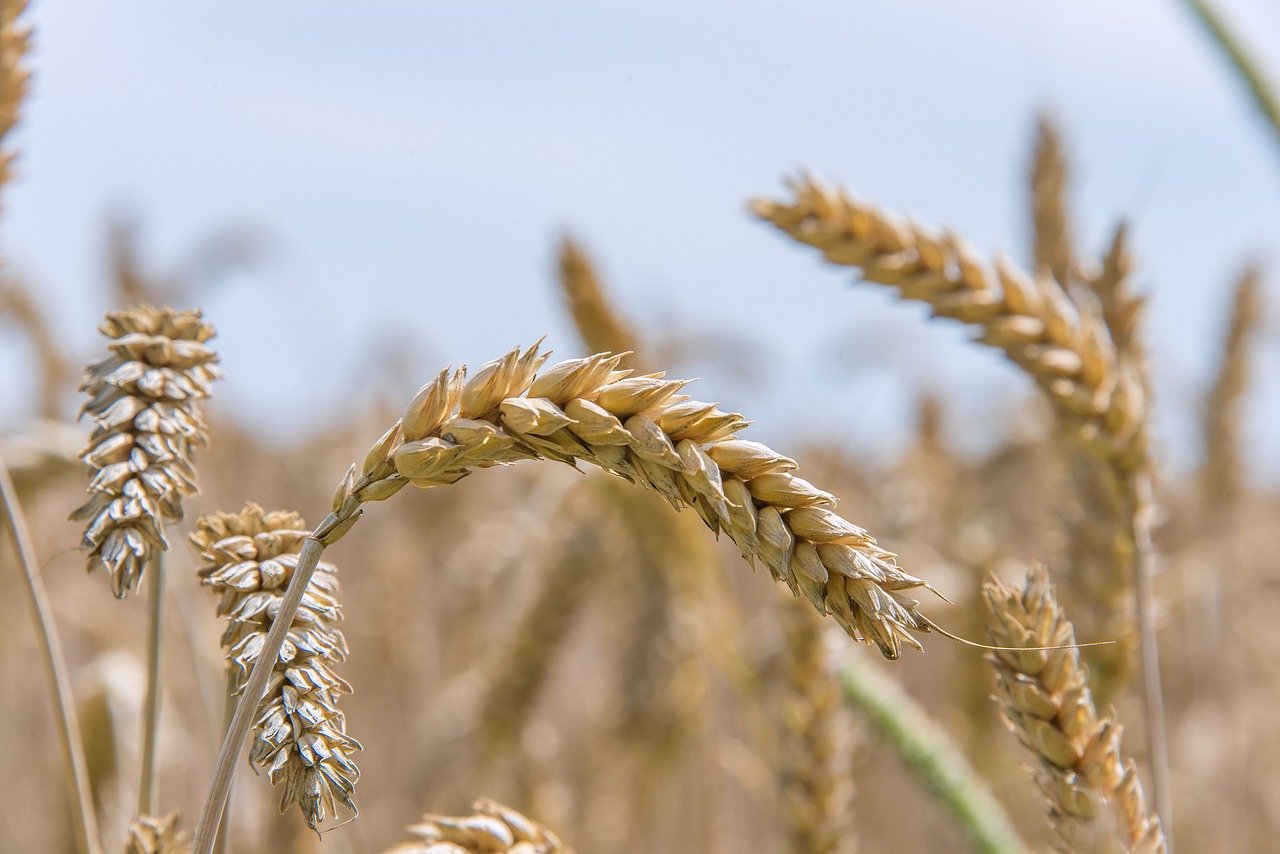
Recycled Paper and Cardboard
When it comes to creating homemade seed starting pots, few materials are as versatile and eco-friendly as recycled paper and cardboard. These materials not only help reduce waste but also provide a sustainable option for nurturing your plants. Imagine transforming your old newspapers, cereal boxes, or any cardboard waste into biodegradable pots that enrich your garden! It's like giving a second life to materials that would otherwise end up in a landfill.
Recycled paper and cardboard can break down naturally in the soil, providing organic matter that nourishes your plants as they grow. This means that when you eventually transplant your seedlings, you’re not just moving them to a larger space; you’re also enriching that space with nutrients. But how do you turn these everyday items into effective seed starting containers? Let’s dive into the process!
First, you can create paper pots that are both simple and effective. All you need is some recycled paper, scissors, and a bit of tape or glue. Cut the paper into strips, then roll it around a cylindrical object (like a glass or a can) to form a pot shape. Secure the end with tape, and voila! You have a biodegradable pot ready for planting. These pots are perfect for seeds that need a little extra care as they sprout.
Next up, we have cardboard tubes. You know those tubes left over from toilet paper or paper towels? Instead of tossing them in the recycling bin, consider using them as seed starting containers. Simply cut them to your desired height, fill them with potting mix, and plant your seeds. The cardboard will eventually decompose, allowing your roots to grow freely into the surrounding soil.
Here’s a quick comparison of the two methods:
| Material | Benefits | Considerations |
|---|---|---|
| Recycled Paper | Biodegradable, easy to make, great for seedlings | May need to be reinforced for larger plants |
| Cardboard Tubes | Sturdy, ideal for deeper roots | Can retain moisture; ensure proper drainage |
Using recycled materials not only saves you money but also contributes to a more sustainable gardening practice. So, next time you're about to toss out that old cardboard or paper, think twice! You could be just a few steps away from creating your very own seed starting pots that are not only functional but also a conversation starter among fellow gardeners. Plus, it feels great to know you're doing your part for the planet while enjoying the fruits of your labor.
In conclusion, recycled paper and cardboard are fantastic resources for creating homemade seed starting pots. They are easy to work with, environmentally friendly, and can give your seedlings the best start in life. So gather those materials and let your creativity flow!
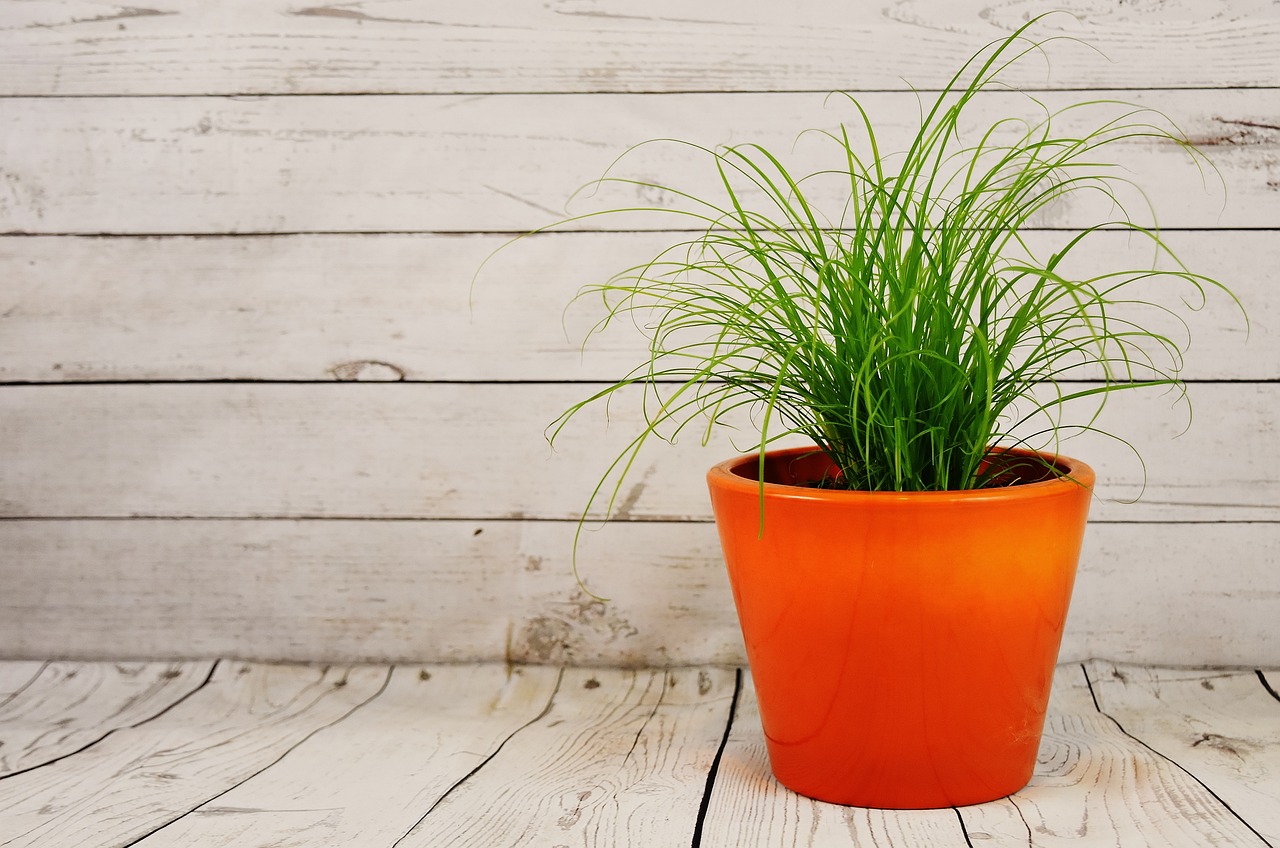
Making Paper Pots
Creating your own paper pots is not only a fun project but also a fantastic way to recycle materials that would otherwise end up in the trash. Imagine taking something as mundane as a piece of paper and transforming it into a nurturing home for your seeds! The process is simple, affordable, and environmentally friendly, making it an ideal choice for any gardener looking to embrace sustainability.
To get started, you will need a few basic supplies that you likely already have at home. Gather some recycled paper (like newspapers or old printer paper), scissors, a small container or glass to use as a mold, and some soil. The beauty of this method is that it allows you to customize the size of your pots, depending on the type of seeds you plan to grow. For instance, smaller seeds can thrive in petite pots, while larger seeds will need a bit more room to spread their roots.
Here’s a quick rundown of how to make your paper pots:
- Cut the Paper: Start by cutting your paper into strips. The width can be around 4-6 inches, and the length can vary based on how tall you want your pots to be.
- Mold the Pot: Take a strip of paper and wrap it around your container, leaving some excess paper at the bottom to form the base. This excess will help hold the pot together and prevent soil from falling out.
- Secure the Base: Fold the excess paper down to create a sturdy base. You can use a bit of tape or glue to hold it in place.
- Fill with Soil: Now, fill your new paper pot with potting soil, leaving a little space at the top for watering.
- Plant Your Seeds: Finally, plant your seeds according to the instructions on the seed packet, and give them a good watering.
One of the most rewarding aspects of making paper pots is watching your seeds sprout and grow in a container that is biodegradable. Once your seedlings are ready to be transplanted, you can simply plant the entire pot into the ground. The paper will break down, enriching the soil and providing nutrients to your plants.
Moreover, this method not only reduces waste but also allows you to engage with your gardening practice in a more meaningful way. Each time you see your seedlings thrive, you’ll feel a sense of accomplishment knowing you played a part in their journey from seed to plant. So, gather those old papers and get crafting—your garden will thank you!
Q: Can I use colored paper for making pots?
A: It’s best to stick with plain, uncoated paper. Colored or glossy paper may contain chemicals that could harm your plants.
Q: How long will the paper pots last?
A: Paper pots can last a few weeks to a couple of months, depending on moisture levels and soil conditions. They are designed to decompose, so keep an eye on them as your seedlings grow.
Q: Can I plant directly into the paper pot?
A: Yes! You can plant your seeds directly into the paper pot. Just make sure to water them adequately and monitor their growth.

Using Cardboard Tubes
Cardboard tubes, such as those from toilet paper rolls or paper towels, are not just trash waiting to be thrown away; they can be transformed into fantastic seed starting containers. This eco-friendly option is not only simple but also effective, helping you contribute to a more sustainable gardening practice. By repurposing these tubes, you're not only saving money but also reducing waste, making your gardening efforts even more rewarding.
To get started, gather your cardboard tubes. The first step is to cut the tubes to your desired height. Typically, a 4-6 inch length works well for most seedlings. Next, you'll want to prepare the bottom of the tube to ensure proper drainage. You can do this by poking a few holes in the bottom using a sharp object like a skewer or scissors. This will allow excess water to escape, preventing your seedlings from drowning.
Once your tubes are prepared, fill them with a quality potting mix. It's best to choose a mix that retains moisture while still allowing for good drainage. After filling the tubes, you can plant your seeds according to the specific depth requirements for each type of seed. Remember to label your tubes if you're planting different varieties, as it can be easy to forget what you've sown!
One of the greatest advantages of using cardboard tubes is that they are biodegradable. As your seedlings grow, you can simply plant the entire tube directly into the ground. The cardboard will break down over time, enriching the soil and providing nutrients to your plants. This method not only simplifies the transplanting process but also minimizes transplant shock, allowing your seedlings to thrive in their new environment.
In summary, cardboard tubes are a versatile and sustainable choice for seed starting. They are easy to prepare, provide adequate drainage, and can be planted directly into the garden. So, the next time you finish a roll of toilet paper or paper towels, think twice before tossing that tube in the recycling bin. Instead, consider how it can help you grow your garden!
- Can I use any type of cardboard tube? Yes, both toilet paper and paper towel tubes work well. Just make sure they are clean and free from any contaminants.
- How long can I keep seedlings in cardboard tubes? It's best to transplant your seedlings once they have a few sets of true leaves, usually within 2-4 weeks.
- Will the cardboard affect the growth of my plants? No, the cardboard is biodegradable and will break down in the soil, providing nutrients to your plants.
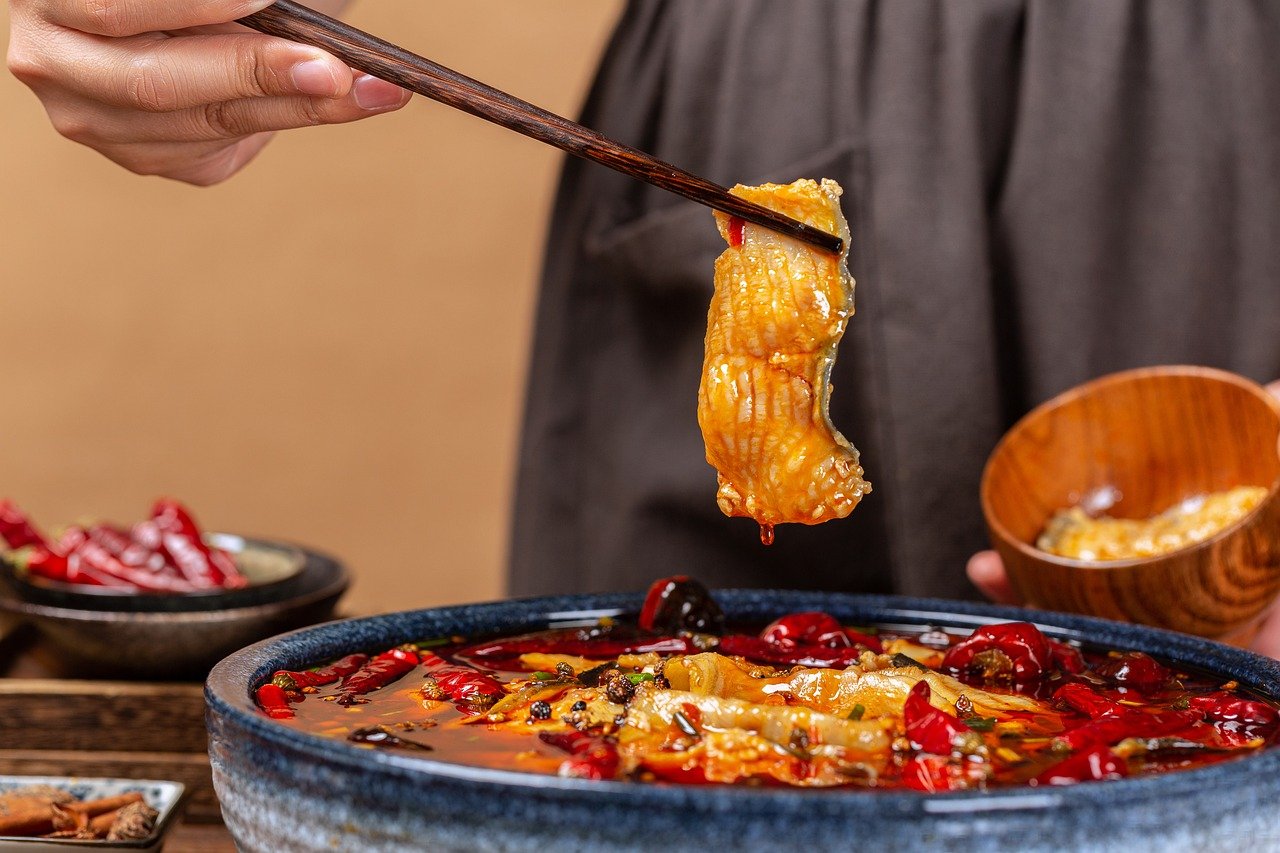
Plastic Containers
When it comes to seed starting, repurposing plastic containers is a fantastic option that many gardeners overlook. These containers, often discarded after their initial use, can be transformed into effective seed starting pots with just a bit of creativity. Think about all those yogurt cups, takeout containers, and other plastic items that usually end up in the trash. Instead of tossing them away, why not give them a second life in your garden?
One of the key advantages of using plastic containers is their durability. Unlike biodegradable materials, plastic can withstand the elements and last longer, making it a reliable choice for seed starting. However, it’s essential to ensure that these containers have proper drainage holes. Without adequate drainage, your seeds may drown in excess water, leading to mold growth and poor seedling health. To create drainage, simply poke a few small holes in the bottom of each container using a sharp object like a screwdriver or a knife.
Here are a few popular types of plastic containers you can use:
- Yogurt Cups: These are perfect for individual seedlings. Their size is just right, and they often come with lids that can help with humidity during germination.
- Takeout Containers: These larger containers can accommodate multiple seedlings. They usually come with a clear lid, which can act as a mini greenhouse.
- Plastic Bottles: Cut the top off a plastic bottle and use the bottom as a pot. This method not only provides a container but also helps with moisture retention.
Before you start planting, it’s wise to clean your plastic containers thoroughly to remove any residual food particles or chemicals that could harm your seedlings. A simple wash with warm, soapy water should do the trick. Rinse them well and let them dry completely before filling them with soil.
Once your containers are ready, fill them with a quality seed starting mix. This mix is usually lighter and more aerated than regular potting soil, providing the best environment for seed germination. After filling the containers, plant your seeds according to the package instructions, and water them gently. Remember, using plastic containers means you’ll need to monitor moisture levels closely since they can dry out faster than other materials.
In conclusion, using plastic containers for seed starting not only helps reduce waste but also provides a practical solution for gardeners looking to get the most out of their gardening experience. With a little creativity and care, you can transform these everyday items into vibrant homes for your seedlings, setting the stage for a bountiful garden.
Q: Can I use any type of plastic container for seed starting?
A: While most plastic containers can be used, it’s best to avoid those that previously held chemicals or non-food items. Always clean them thoroughly before use.
Q: How do I ensure proper drainage in plastic containers?
A: Make sure to poke several small holes in the bottom of the container to allow excess water to escape.
Q: Can I reuse plastic containers from last season?
A: Yes, as long as they are clean and free from any diseases or pests, you can reuse them for your new seedlings.
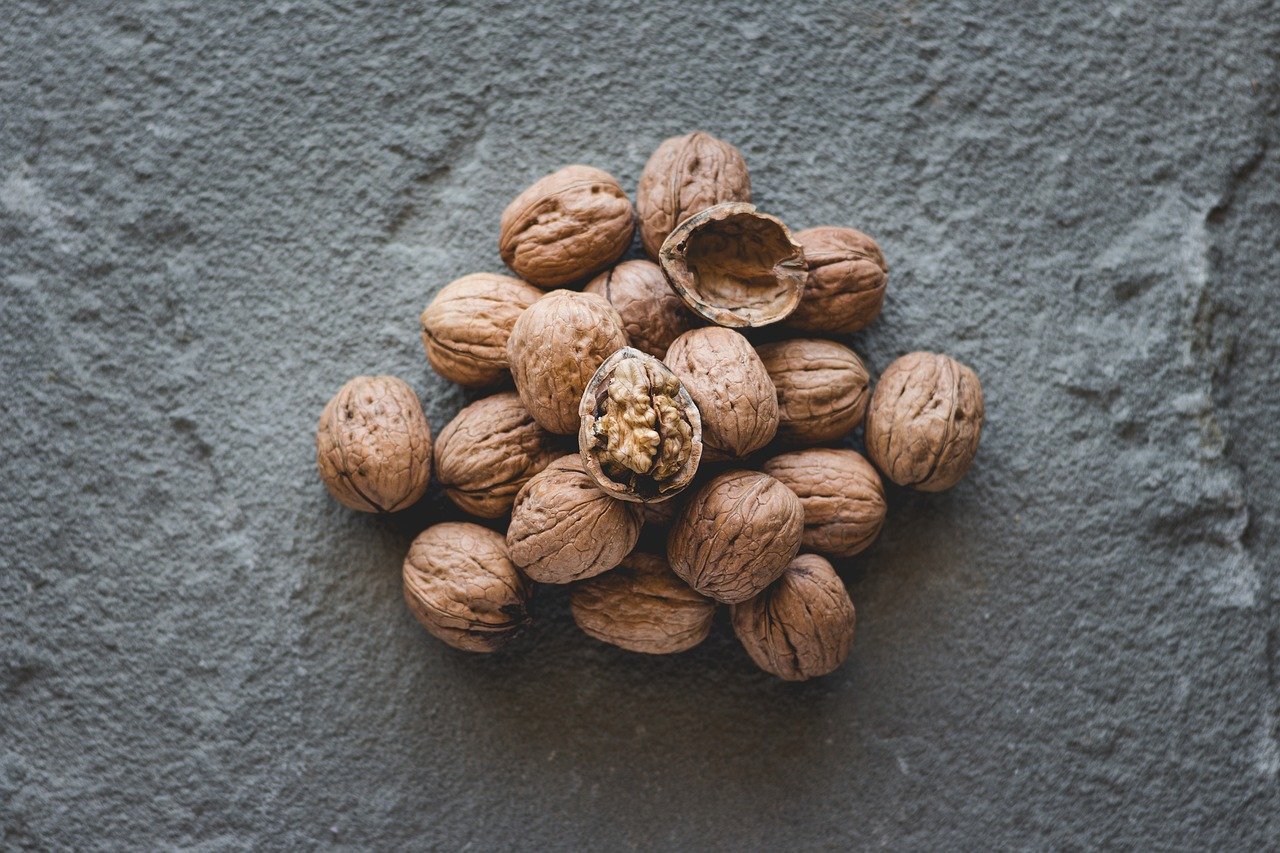
How to Create Your Own Seed Starting Trays
Creating your own seed starting trays is not just a fun DIY project; it's also a fantastic way to ensure your seedlings have the best start possible. With just a few materials and a bit of creativity, you can craft trays that are both functional and eco-friendly. The beauty of homemade trays lies in their versatility; you can use items you already have around the house, which not only saves you money but also reduces waste. Let's dive into some popular methods for making these essential gardening tools!
One of the simplest ways to create seed starting trays is by using egg cartons. These are particularly effective because they come with built-in compartments, making them perfect for starting multiple seedlings at once. To use egg cartons, simply fill each compartment with a quality seed starting mix, plant your seeds, and water them lightly. The cardboard material will break down in the soil, enriching it as your seedlings grow. Plus, the structure of the carton helps retain moisture, which is crucial for germination.
If you're looking for something a bit sturdier, consider building wooden trays. This method may require a bit more effort and some basic tools, but the results are well worth it. Wooden trays can be customized to fit your gardening space and can last for several planting seasons. To make wooden trays, you'll need some untreated wood, nails or screws, and a saw. Cut the wood into the desired dimensions and assemble the tray, ensuring that it has drainage holes to prevent waterlogging. Once your tray is ready, fill it with potting soil and plant your seeds just like you would in any store-bought tray.
Another option for creating seed starting trays is to repurpose plastic containers. Items like yogurt cups, takeout containers, and even berry baskets can be transformed into effective seed starting trays. The key here is to ensure that your containers have adequate drainage. You can easily poke holes in the bottom of these containers with a sharp object to allow excess water to escape. After that, fill them with a seed starting mix and plant your seeds. These plastic trays are lightweight and can be moved around easily, making them a favorite among many gardeners.
Regardless of the method you choose, it's essential to keep a few best practices in mind. Make sure to label your trays, especially if you're planting multiple varieties of seeds. This will help you keep track of what you've planted and when to expect germination. Additionally, place your trays in a warm, sunny spot or under grow lights to provide the ideal conditions for your seeds to sprout. Don’t forget to monitor the moisture levels; keeping the soil consistently damp but not soggy is crucial for successful germination.
In conclusion, creating your own seed starting trays can be a rewarding experience that enhances your gardening journey. Not only do you save money and reduce waste, but you also get to engage in a hands-on activity that connects you with the plants you're nurturing. So gather those materials and get started on your seed starting adventure!
- Can I use any type of plastic container for seed starting?
Yes, but ensure that the container is clean and has drainage holes. Avoid using containers that previously held chemicals or non-food items. - How often should I water my seedlings?
Seedlings generally need to be watered when the top layer of soil feels dry. Be careful not to overwater, as this can lead to root rot. - What is the best soil mix for seed starting?
A lightweight seed starting mix that retains moisture yet drains well is ideal. You can also make your own mix using equal parts peat moss, vermiculite, and compost.
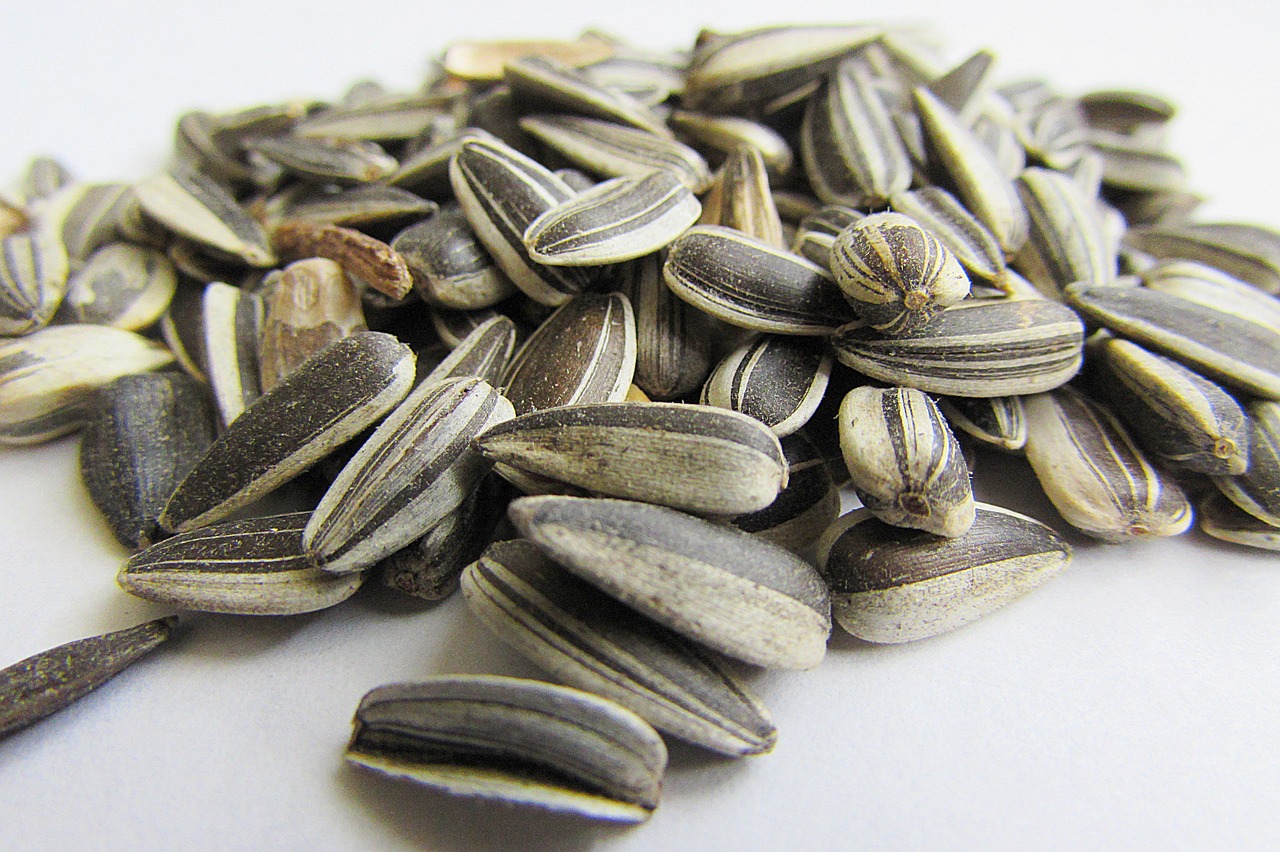
Using Egg Cartons
Egg cartons are not just for holding your breakfast essentials; they can also serve as fantastic seed starting trays! If you're looking for a way to recycle and reduce waste while giving your seeds a cozy home, egg cartons are your go-to solution. They are lightweight, biodegradable, and can hold just the right amount of soil for seed germination. Plus, they come with built-in compartments, making it easy to keep your seedlings organized. Imagine transforming a humble egg carton into a bustling nursery for your future garden!
To get started, simply gather some clean, dry egg cartons. Whether they're made from cardboard or plastic, both types can work well for this purpose. If you're using cardboard cartons, you can cut them in half to create two trays, each with multiple planting cells. For plastic cartons, the compartments can be used as is. The next step is to ensure proper drainage, which is crucial for healthy seedlings. You can achieve this by poking small holes in the bottom of each compartment. This allows excess water to escape and prevents your seeds from drowning. Remember, just like us, plants need to breathe!
Once your egg cartons are prepared, fill each compartment with a quality seed starting mix. This is where the magic happens! The soil should be light and fluffy, allowing seeds to push through easily as they germinate. After filling the compartments, gently press the soil down to eliminate any air pockets. Now, it’s time to plant your seeds. Follow the instructions on the seed packets for depth and spacing, and then cover them lightly with soil. After planting, water the soil gently to keep it moist but not soggy. Using a spray bottle can help you control the amount of water you’re applying.
One of the best things about using egg cartons is their ability to retain moisture. As the seeds germinate, the cardboard will absorb some moisture, creating a mini greenhouse effect. This is perfect for maintaining a warm, humid environment that encourages sprouting. Once your seedlings start to grow, you can place the egg cartons in a sunny spot or under grow lights to give them the light they need to flourish. Just be sure to rotate them occasionally so they grow evenly!
When it’s time to transplant your seedlings, you’ll be pleased to know that egg cartons make this process easy. You can simply cut apart the compartments and plant them directly into the ground or larger pots. The cardboard will decompose over time, enriching the soil and providing nutrients to your plants. It’s a win-win situation! So, next time you're about to toss out those egg cartons, think twice. They could be the perfect starting point for your garden adventure!
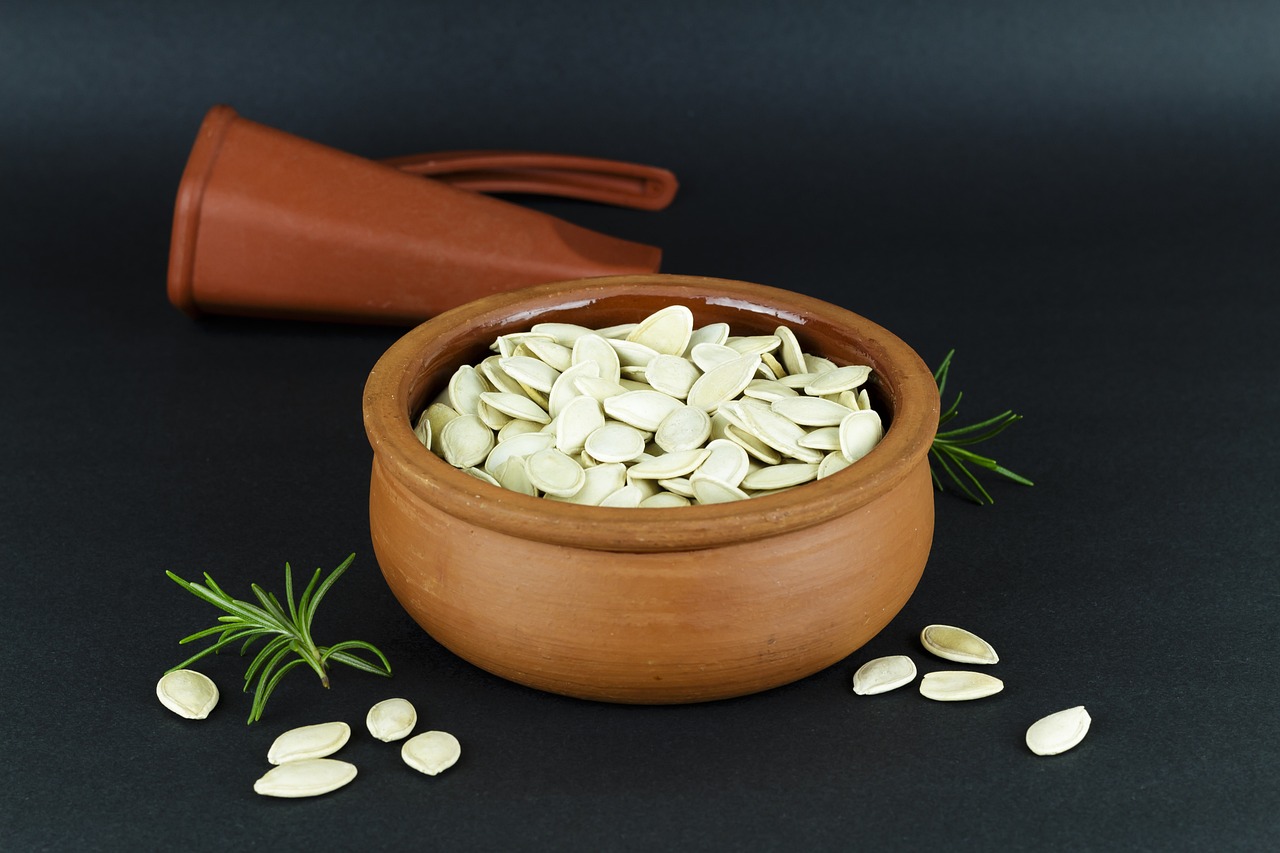
Building Wooden Trays
When it comes to seed starting, wooden trays offer a robust and aesthetically pleasing solution. Not only do they provide excellent support for your seedlings, but they also add a touch of rustic charm to your gardening setup. Building your own wooden trays can be a rewarding project that allows you to customize the size and shape to fit your gardening needs. Plus, it’s an opportunity to repurpose wood scraps that might otherwise go to waste!
To get started, you’ll need some basic materials and tools. Here’s a quick rundown of what you might need:
- Wooden boards (cedar or pine are great choices)
- Wood screws or nails
- Wood glue for extra stability
- A saw (hand saw or power saw)
- A drill for making drainage holes
- Sandpaper to smooth the edges
First, measure and cut your wooden boards to the desired dimensions. A common size for seed starting trays is about 12 inches by 24 inches, but feel free to adjust based on the space you have available. Once you have your pieces cut, it’s time to assemble them. Use wood screws or nails to secure the sides together, ensuring that the corners are square for stability. Adding wood glue can further enhance the strength of your tray, making it last for several planting seasons.
After assembling the tray, the next step is to create drainage holes. This is crucial because excess water can lead to root rot, which is the last thing you want for your precious seedlings. Use a drill to make several small holes in the bottom of the tray. A good rule of thumb is to space them about 2-3 inches apart.
Once your tray is constructed and the drainage holes are in place, it’s time to sand down any rough edges. This not only makes the tray safer to handle but also gives it a polished look. A smooth surface will help prevent any potential damage to your seedlings as they grow.
Finally, consider treating your wooden trays with a natural finish to protect them from moisture and prolong their lifespan. Avoid chemical treatments that could leach into the soil; instead, look for organic wood preservatives that are safe for gardening.
Building wooden trays can be a fun and fulfilling project, allowing you to create a personalized environment for your seedlings to thrive. Plus, it’s a fantastic way to embrace sustainability in your gardening practices. So gather your materials, unleash your creativity, and watch your garden flourish!
Q: What type of wood is best for building seed starting trays?
A: Cedar is an excellent choice due to its natural resistance to decay, but pine can also work well if treated properly.
Q: How deep should the trays be?
A: A depth of 3 to 4 inches is typically sufficient for most seedlings, allowing enough room for root development.
Q: Can I use treated wood for my trays?
A: It's best to avoid treated wood, as the chemicals used can leach into the soil and harm your plants. Stick to untreated woods or safe finishes.
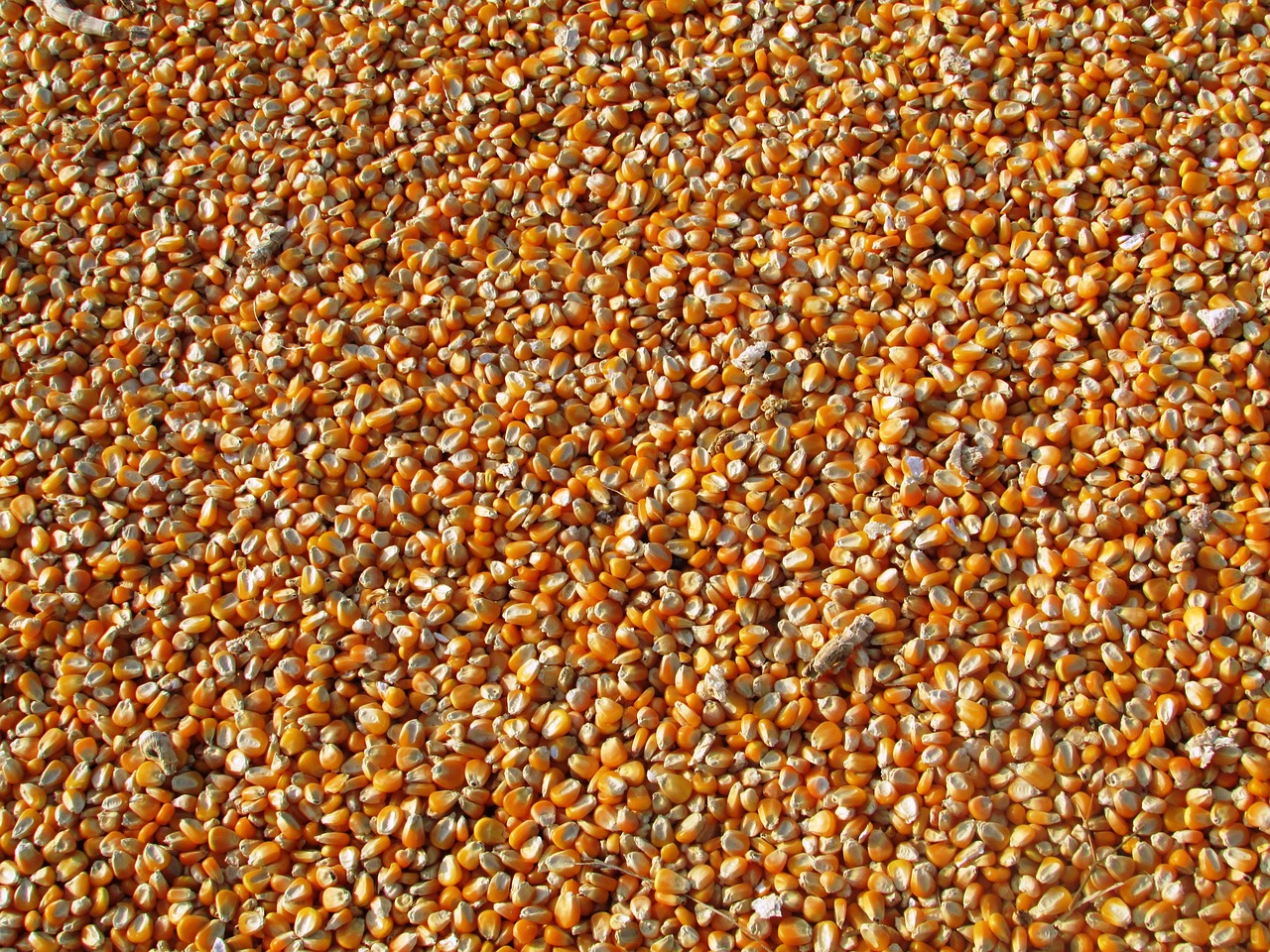
Best Practices for Seed Starting
When it comes to starting seeds, following best practices can make all the difference between a thriving garden and a disappointing one. First and foremost, you'll want to choose the right soil. A high-quality, seed starting mix is essential because it provides the necessary drainage and aeration that seeds need to germinate. Unlike regular garden soil, seed starting mixes are lighter and often sterilized, reducing the risk of disease. You can create your own mix by combining equal parts of peat moss, vermiculite, and perlite.
Next, consider the temperature and light conditions for your seeds. Most seeds germinate best in a warm environment, ideally between 65°F and 75°F. You can use a heat mat to maintain consistent warmth. After germination, ensure your seedlings receive plenty of light—either from a sunny window or grow lights. The latter is particularly effective because it can be adjusted to provide the right amount of light without overheating the plants.
Watering is another critical aspect of seed starting. It’s important to keep the soil consistently moist but not soggy. A good practice is to use a spray bottle or a watering can with a fine spout to gently mist the soil. Overwatering can lead to root rot, while underwatering can stunt growth. A simple way to check moisture levels is to stick your finger about an inch into the soil; if it feels dry, it’s time to water.
Additionally, labeling your pots or trays is crucial, especially if you’re starting multiple varieties of seeds. Use popsicle sticks, garden markers, or even recycled materials to keep track of what you’ve planted. This can save you a lot of confusion later on when your seedlings start to sprout.
Lastly, don't forget to thin your seedlings once they have developed their first true leaves. Thinning is essential to prevent overcrowding, which can lead to competition for nutrients and light. Gently remove the weaker seedlings, leaving the strongest ones to grow. This practice not only boosts the health of your plants but also ensures that each seedling has enough space to thrive.
| Best Practices | Description |
|---|---|
| Soil | Use a high-quality seed starting mix for better drainage and aeration. |
| Temperature | Maintain a warm environment between 65°F and 75°F for optimal germination. |
| Light | Provide plenty of light using grow lights or a sunny window. |
| Watering | Keep soil moist but not soggy; use a spray bottle for gentle watering. |
| Labeling | Label your pots to keep track of different seed varieties. |
| Thinning | Thin seedlings to prevent overcrowding and promote healthy growth. |
By adhering to these best practices, you can create a nurturing environment for your seeds, ensuring they have the best chance at becoming healthy, vibrant plants. It's all about giving your little green friends the best start possible!
Q: Can I use regular garden soil for seed starting?
A: It's not recommended as regular garden soil can be too dense and may contain pathogens. A seed starting mix is a better choice.
Q: How often should I water my seedlings?
A: Watering frequency depends on your environment, but generally, keep the soil consistently moist without making it soggy. Check the soil daily.
Q: When should I transplant my seedlings?
A: Transplant seedlings when they have at least two sets of true leaves and are large enough to handle without damaging them.
Q: Can I use homemade containers for seed starting?
A: Absolutely! Homemade containers like paper pots, cardboard tubes, and even egg cartons can work well as long as they provide drainage.
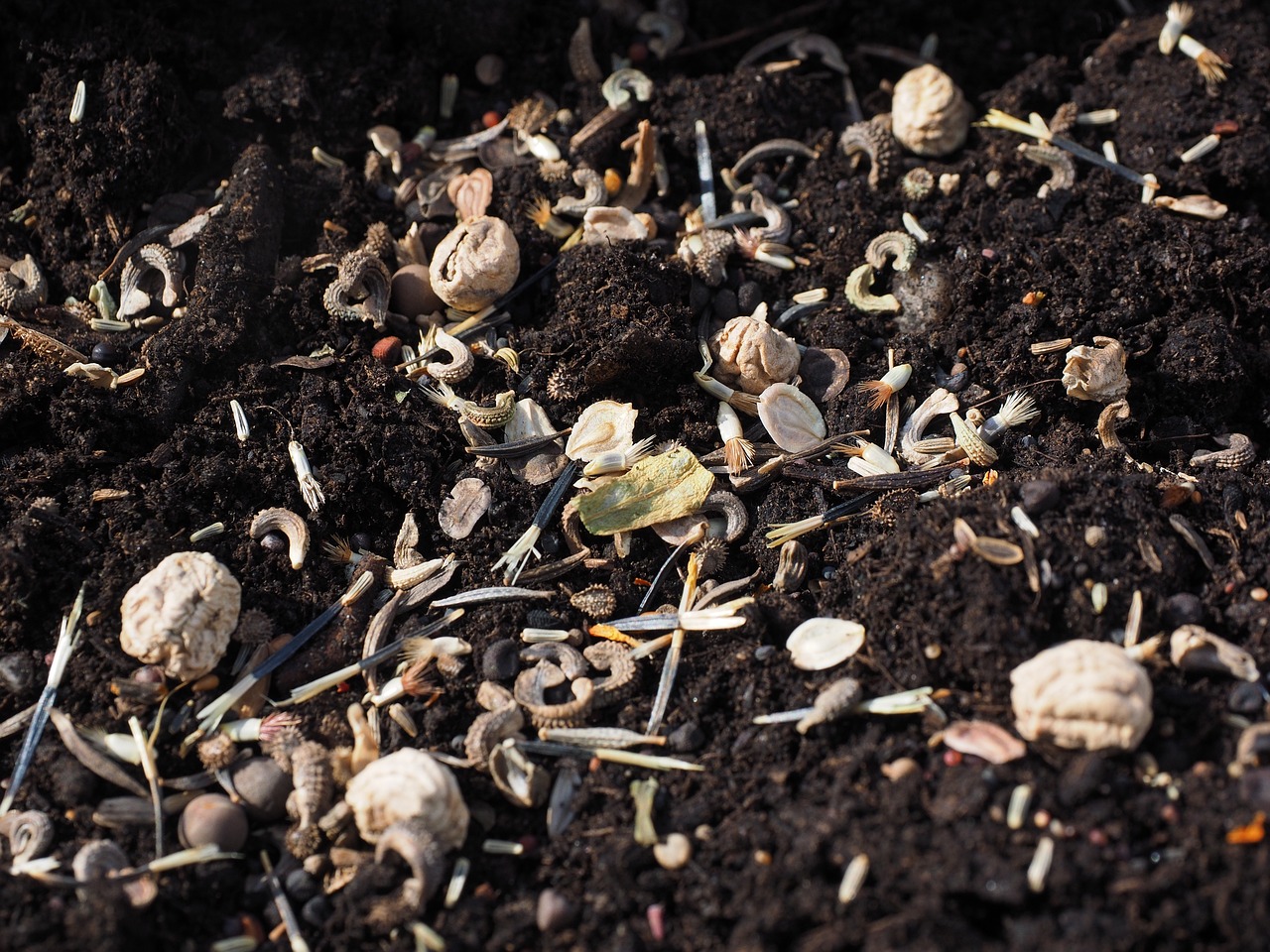
Transplanting Seedlings
Transplanting seedlings can feel like a rite of passage for gardeners. After nurturing those tiny seeds into healthy little plants, the moment has finally arrived to move them to their permanent home. But wait! Before you grab your trowel and head outside, let’s talk about the essentials of transplanting. It’s not just about moving them from point A to point B; it’s about ensuring a smooth transition that helps your seedlings thrive in their new environment.
First off, timing is everything. You want to transplant your seedlings when they are sturdy enough to handle the move but not so large that they become root-bound. Typically, this means waiting until they have developed at least a couple of sets of true leaves. It’s like waiting for the perfect moment in a movie; you don’t want to rush the plot!
When you’re ready to transplant, make sure to prepare your garden bed or pots ahead of time. The soil should be well-aerated and rich in nutrients. If you’re using garden soil, consider mixing in some compost to give your seedlings a nutrient boost. Think of it as preparing a cozy bed for them to rest in; you want it to be comfortable and inviting!
Next, gently remove the seedlings from their pots. If you’ve used biodegradable pots, you can plant them directly into the soil without removing them. This is one of the beautiful benefits of homemade containers! However, if you’re using plastic pots, carefully squeeze the sides to loosen the soil and roots before gently pulling the seedlings out. Be careful not to damage the delicate roots; they are like the lifelines for your seedlings, so treat them with care.
Now, let’s talk about planting depth. When placing your seedlings in their new home, ensure that they are planted at the same depth they were in their previous pots. Planting too deeply can suffocate them, while planting too shallowly can expose their roots. It’s a delicate balance, much like walking a tightrope!
After you’ve placed your seedlings in their new spots, give them a good drink of water. This helps settle the soil around the roots and reduces transplant shock. It’s like giving them a refreshing drink after a long journey. Keep an eye on them for the next few days; they might look a bit droopy or stressed, but don’t worry! With a little TLC and the right conditions, they’ll perk up and start growing in no time.
Finally, consider adding a layer of mulch around your seedlings to help retain moisture and suppress weeds. This will not only keep your seedlings happy but also reduce the amount of maintenance you have to do. It’s like giving your plants a cozy blanket to snuggle up in!
In summary, transplanting seedlings is an art that requires patience and attention to detail. By following these guidelines, you can ensure that your little plants have the best chance of thriving in their new environment. So, roll up your sleeves, get your hands dirty, and enjoy the rewarding experience of watching your garden flourish!
Here are some common questions about transplanting seedlings:
- When is the best time to transplant seedlings? It's best to transplant seedlings when they have a few sets of true leaves and are sturdy enough to handle the move.
- Should I water seedlings before transplanting? Yes, watering them a day before transplanting can help reduce stress and make it easier to remove them from their pots.
- Can I transplant seedlings directly from biodegradable pots? Absolutely! You can plant biodegradable pots directly into the soil without removing the seedlings.
- What should I do if my seedlings look droopy after transplanting? This is often normal due to transplant shock. Ensure they are watered well and give them a few days to adjust.
Frequently Asked Questions
- What materials can I use to make homemade seed starting pots?
You can repurpose a variety of materials to create your own seed starting pots. Common items include recycled paper, cardboard, plastic containers like yogurt cups, and even cardboard tubes from toilet paper or paper towels. These materials not only save you money but also help reduce waste, making your gardening efforts more eco-friendly!
- How do I make paper pots for starting seeds?
Making paper pots is simple and fun! Start by cutting strips of recycled paper, then roll them around a cylindrical object like a glass or a can to form a pot shape. Secure the bottom with tape or glue, fill it with soil, and plant your seeds. These biodegradable pots will decompose in your garden, enriching the soil as your plants grow!
- Can I use plastic containers for seed starting?
Absolutely! Plastic containers are a fantastic option for seed starting. Just make sure to poke holes in the bottom for drainage. Items like takeout containers or old yogurt cups work perfectly. They provide a sturdy environment for your seeds while allowing excess water to escape, preventing root rot.
- What are the best practices for planting seeds in homemade containers?
When planting seeds in homemade containers, always use a high-quality seed starting mix for optimal results. Ensure your pots have good drainage, and water them gently to avoid disturbing the seeds. Keep the containers in a warm, sunny location, and monitor moisture levels to keep the soil consistently damp but not soggy.
- How do I transplant seedlings from homemade pots to the garden?
Transplanting seedlings is a crucial step in their growth journey! When your seedlings have a few sets of true leaves, it's time to move them. Gently remove the pot, being careful not to damage the roots. Dig a hole in your garden that’s slightly larger than the root ball, place the seedling in, and cover it with soil. Water thoroughly to help them settle in!
- Are egg cartons good for starting seeds?
Yes, egg cartons are an excellent choice for seed starting trays! They’re easy to use and provide individual compartments for each seed. Just cut the carton in half, fill each cup with soil, and plant your seeds. Make sure to keep the carton moist and place it in a sunny spot for the best growth results!
- Can I use wooden trays for seed starting?
Definitely! Wooden trays are durable and can be customized to fit your gardening needs. You can build your own using simple tools and untreated wood. Just ensure that your trays have adequate drainage holes to prevent water from pooling, which can harm the seedlings.



















